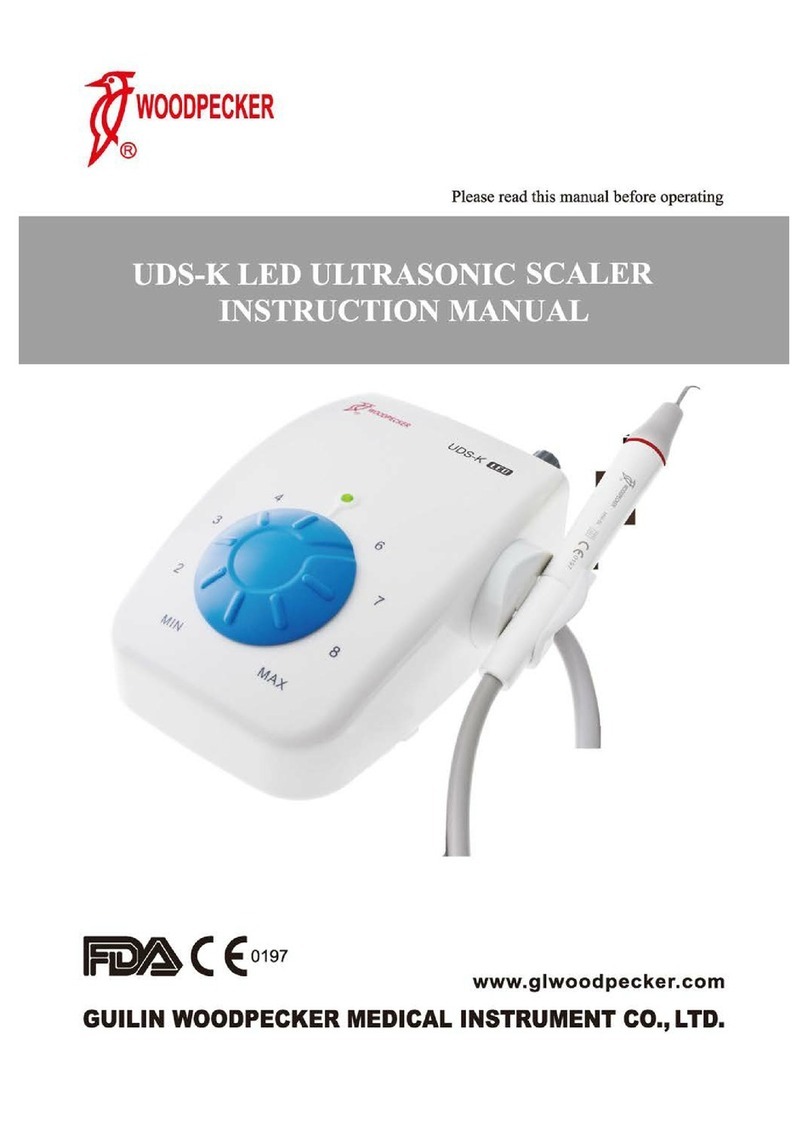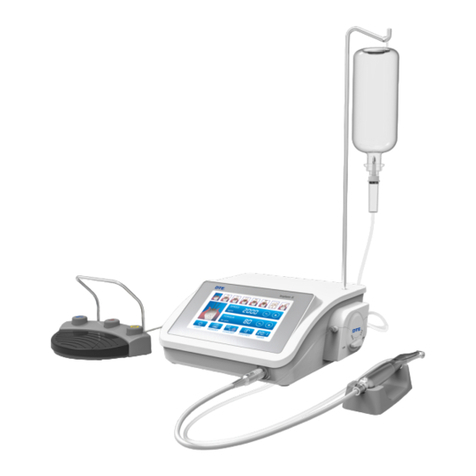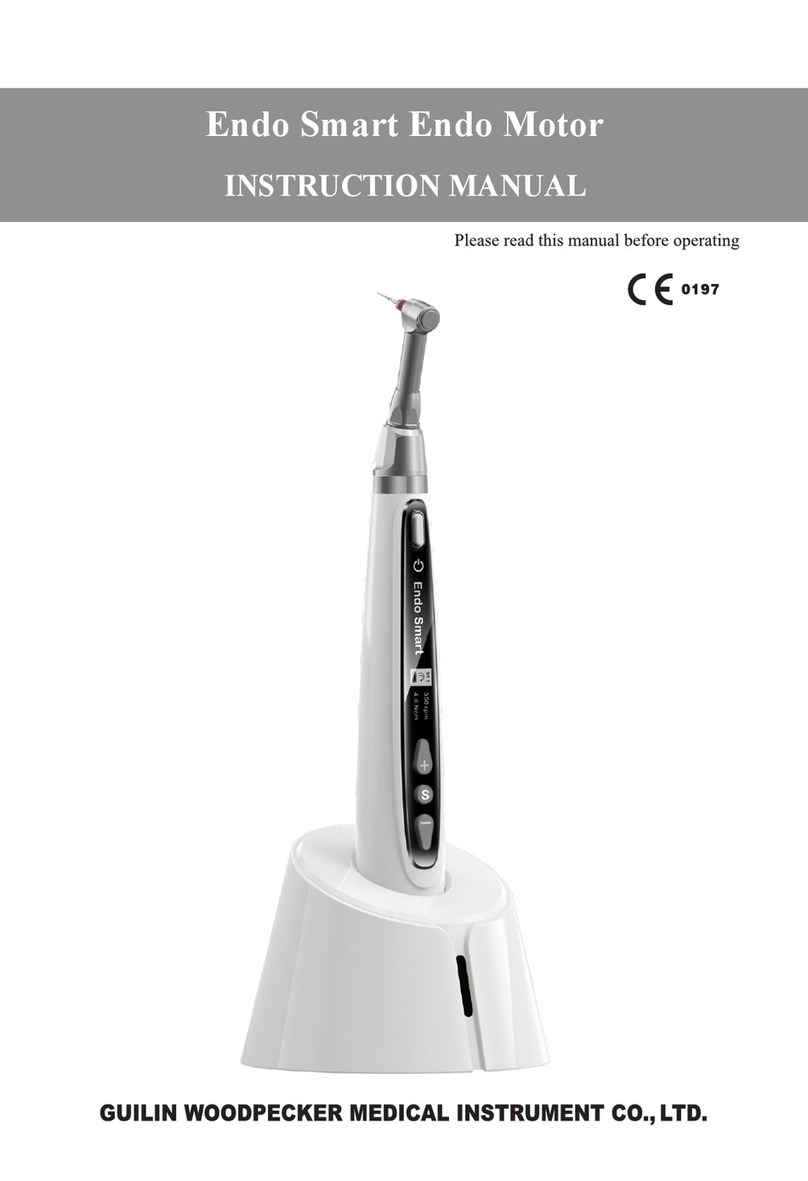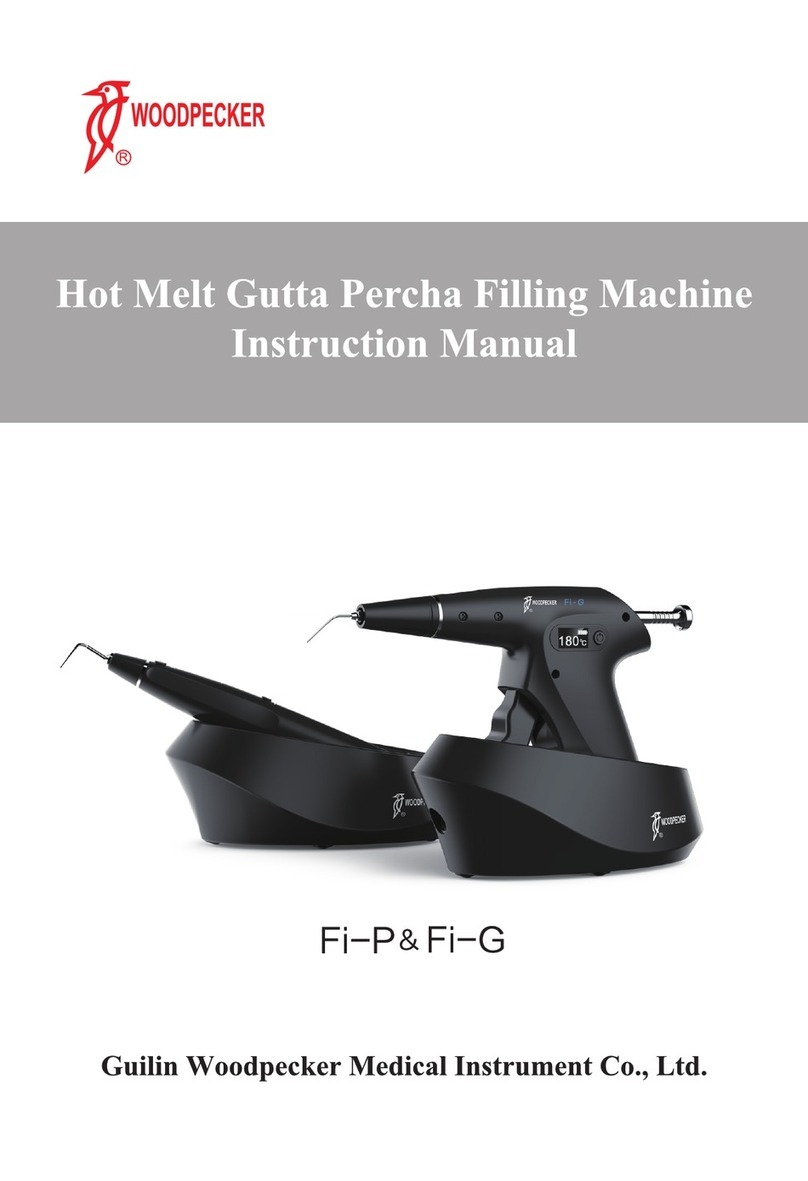6.2 Emission Levels ..................................................................................................................................................... 24
6.2.1 Noise Information ............................................................................................................................................................24
6.2.2 Noise Emission Values......................................................................................................................................................24
6.3 Workplace Requirements ..................................................................................................................................... 24
7Installation and Connection.......................................................................................................................... 25
7.1 Check Delivery Conditions .................................................................................................................................... 25
7.2 Transport to the Installation Site .......................................................................................................................... 25
7.3 Machine Installation ............................................................................................................................................. 25
7.4 Temporary Storage ............................................................................................................................................... 26
7.5 Lashing in a Transport Vehicle .............................................................................................................................. 26
7.6 External Extraction Unit........................................................................................................................................ 26
8Electrical Connection.................................................................................................................................... 27
8.1.1 Supply Cable and External Fuse Protection......................................................................................................................27
8.1.2 Check Direction of Rotation .............................................................................................................................................27
9Components and Controls............................................................................................................................ 28
10 Mounting and Preparation........................................................................................................................... 29
10.1 Fitting the Stop Rod .............................................................................................................................................. 29
10.2 Fitting the Movement Handle............................................................................................................................... 29
10.3 Fitting the Eccentric Clamps.................................................................................................................................. 29
10.4 Fitting the Mitre Fence ......................................................................................................................................... 30
11 Commissioning ............................................................................................................................................. 30
11.1 Control Panel ........................................................................................................................................................ 30
11.2 Switching the Machine ON and OFF ..................................................................................................................... 30
11.3 Switching the Drill Spindle ON and OFF ................................................................................................................ 30
12 Adjustment and Operation........................................................................................................................... 31
12.1 Clamping and Replacing a Drilling Bit ................................................................................................................... 31
12.2 Pre-setting’s for Mortising.................................................................................................................................... 31
12.3 Operating the Eccentric Clamps............................................................................................................................ 31
12.4 Operating the Mitre Fence ................................................................................................................................... 32
12.5 Clamping Workpieces at the Mitre Fence............................................................................................................. 32
12.6 Height Setting via Handwheel............................................................................................................................... 32
12.7 Tilting the Drilling Unit.......................................................................................................................................... 33
12.8 Setting the Drilling Length and Drilling Depth Stops............................................................................................. 33
12.8.1 Set Drilling Length Stop....................................................................................................................................................33
12.8.2 Setting the Drilling Depth Stops.......................................................................................................................................33
12.9 Mortising............................................................................................................................................................... 34
12.10 Characteristic when drilling dowel holes at an angle to the wood fibre............................................................... 34
13 Dowel Indexing Device (Option)................................................................................................................... 35
13.1 Fitting the Dowel Indexing Device ........................................................................................................................ 35
13.2 Using the Dowel Indexing Device.......................................................................................................................... 35
14 Troubleshooting ........................................................................................................................................... 36
15 Maintenance and Inspection........................................................................................................................ 37
































